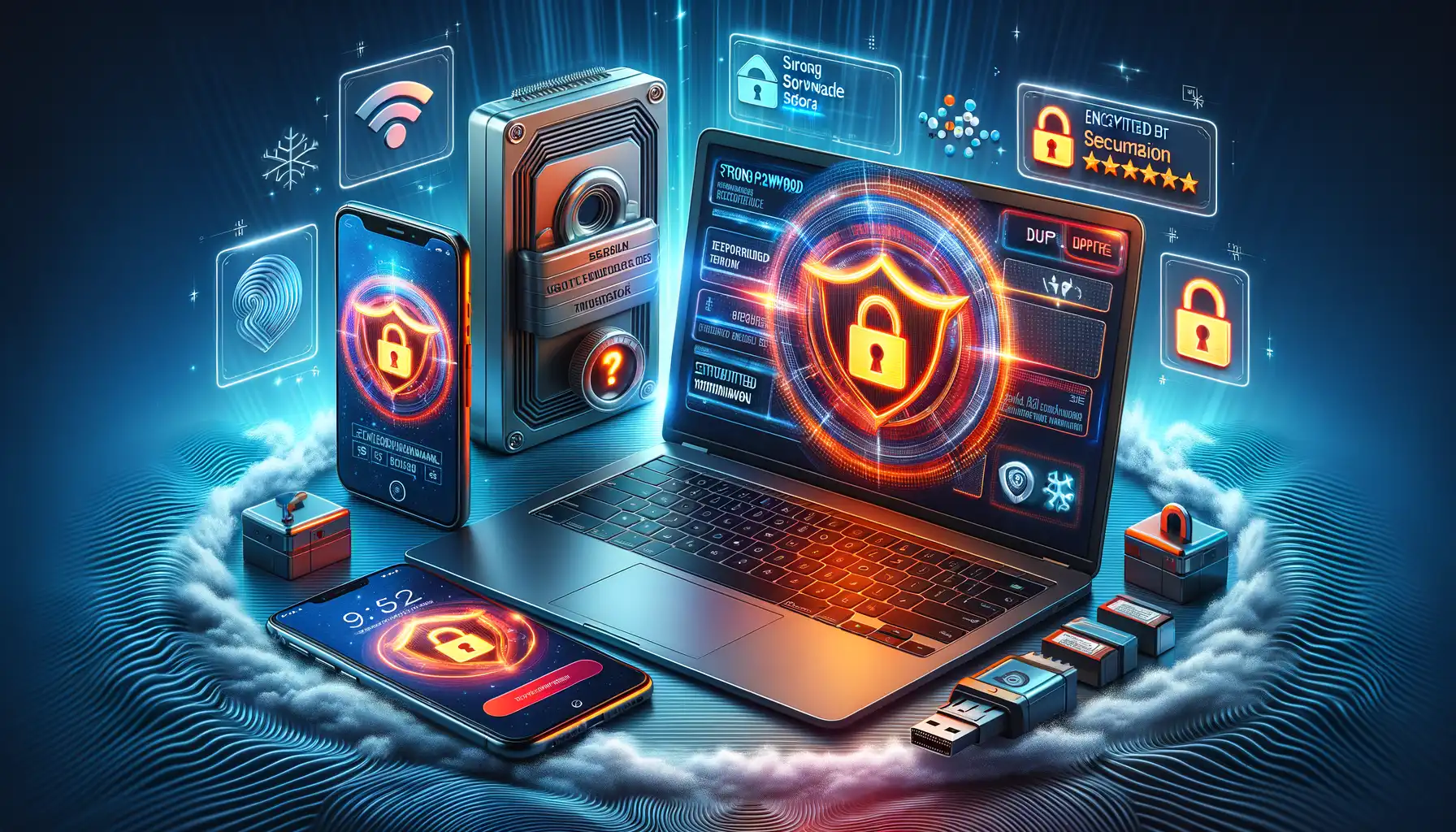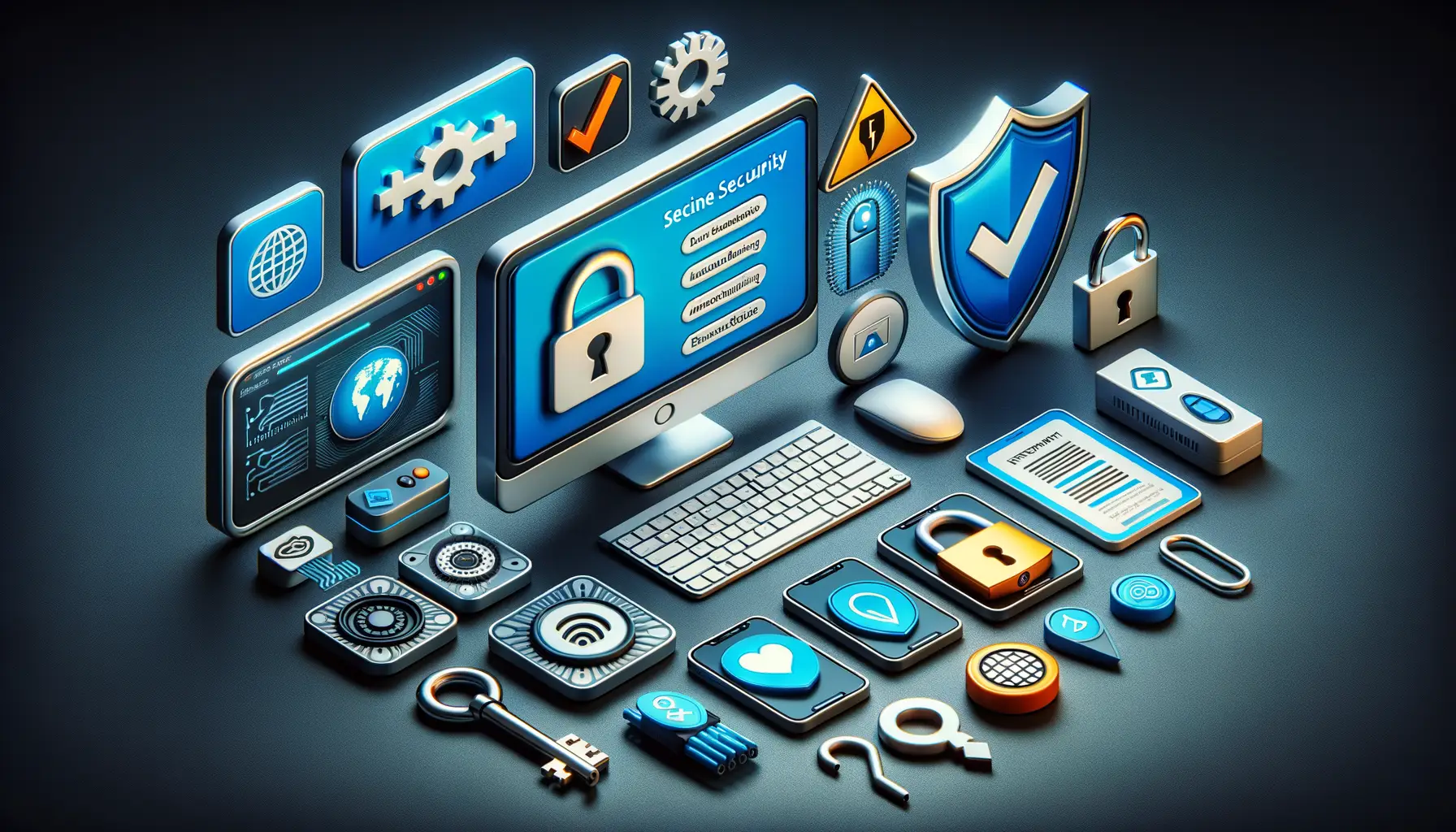Digital Security Essentials for Students Studying Abroad
Catch a CheaterUnderstanding the Importance of Digital Security Abroad
Why Your Online Safety Matters More Than Ever When Abroad
Picture this: you’re sitting in a cozy café in Paris, sipping your cappuccino, when suddenly you realize you’ve connected to their free Wi-Fi without even a second thought. Sounds harmless, right? Unfortunately, that’s precisely the kind of situation where your digital security can be compromised. Studying abroad isn’t just an adventure for you—it’s also prime hunting ground for cybercriminals eager to catch unsuspecting targets.
Think about it: your devices hold a treasure chest of information—not just photos and essays, but also your bank details, personal messages, and login credentials. The stakes are high, and your daily routines may unknowingly put you at risk. For instance, public Wi-Fi networks, which are as tempting as fresh croissants, often lack encryption, making your data vulnerable to prying eyes.
The Invisible Threats You May Not Expect
Abroad, it’s not just about stolen passports anymore. Cyber threats come in sneaky forms like:
- Fake emails posing as your school or bank—one click, and they steal your login details.
- Phony apps that look helpful but secretly monitor your every swipe.
- Pop-ups promising deals that lead to malware instead of discounts.
Your digital footprint is like a map, and if you don’t protect it, someone else might start following it. Remember, becoming digitally secure isn’t about paranoia; it’s about keeping your adventures memorable for all the right reasons. After all, wouldn’t you want your trip photos to remind you of sunsets—not security breaches?
Best Practices for Securing Your Devices and Data

Keep Your Devices Street-Smart
Traveling abroad is exciting—but your devices need to be just as savvy as you are while exploring new places. Did you know that public Wi-Fi, though convenient, can be a hacker’s playground? It’s the digital equivalent of leaving your wallet open on the subway!
Here’s how to lock things down:
- Use a strong password, or better yet, a passphrase—something quirky like “ParisSkyline202!?”. Bonus points for adding symbols and numbers.
- Enable two-factor authentication (2FA). Think of it as a second bouncer guarding your accounts—only you get inside.
- Avoid plugging into random USB ports. Seriously, some can infect your device faster than you can say “bonjour.”
Don’t Let Your Data Take a Vacation
Your personal information is precious, like your passport. Keep it under lock and key, digitally speaking. This means encrypting sensitive files before storing them on cloud platforms or USB drives. Curious about encryption? Imagine turning your plain text into a secret code only you can crack.
Also, remember to back up everything regularly. Dorm Wi-Fi crashes or stolen laptops could send you into panic mode otherwise. A sturdy external drive or a trusted cloud service can save the day when tech trouble strikes. Protect now, stress less later!
Essential Tools to Enhance Online Security

Your Digital Shield: Must-Have Security Tools
Imagine venturing into a new country, armed with dreams and your laptop, only to find digital risks lurking like shadows you barely notice. The good news? You’re not defenseless. A handful of powerful tools can be your lifeline—and they’re easier to use than you think.
- VPN (Virtual Private Network): Picture this: you’re sipping a chai latte at a cozy cafe in Barcelona, connected to public Wi-Fi. Without a VPN, your data is as wide open as an unlocked diary. A reliable VPN encrypts your connection, making your online activities invisible to lurking eyes.
- Password Managers: Raise your hand if you’ve recycled the same password for “convenience”! A password manager creates unique, rock-solid passwords while keeping them secure. It’s like having a digital vault that only you can unlock.
- Two-Factor Authentication (2FA) Apps: Think of it as your gatekeeper. Even if someone steals your password, they can’t break in without that extra code sent to your phone or email.
Layers of Protection Beyond Basics
Security isn’t one-size-fits-all. For instance, installing a trusted antivirus program is a no-brainer. But don’t just stop there! Tools like anti-malware software, which detect sneaky cyber threats, or browser extensions that block ads and trackers, can elevate your safety game.
Feeling unsure where to start? Begin small. Download a free trial of any respected VPN or two-factor authentication app. Every layer of protection you add feels like locking one more door between you and digital troublemakers.
Recognizing and Avoiding Common Cyber Threats

The Sneaky Faces of Modern Cyber Threats
Picture this: you’re sipping cappuccino at a charming café in Paris, immersed in your laptop, when suddenly, your bank sends you a notification about a suspicious transaction. You’re thinking, “What just happened?” Cyber threats have a way of creeping into your life when you least expect them.
Some common troublemakers include:
- Phishing emails: Those “urgent” messages pretending to be from your university or a trusted brand? They’re baiting you to click on harmful links or reveal private info.
- Social engineering: A stranger posing as “tech support” calls you, spins an elaborate story, and before you know it, you’ve handed over your passwords.
- Unsecured Wi-Fi networks: That free hotel Wi-Fi might seem like a win, but it’s a gateway for hackers to snoop on your online activities.
How to Outsmart These Digital Villains
Dodging these dangers involves vigilance and some savvy counter-moves. Always scrutinize email addresses closely—spotting a fake one is a thrill akin to solving a mystery. Use strong, unique passwords for every account (yes, swapping “password123” for something creative is essential). Say goodbye to public Wi-Fi unless you’re protected by a VPN.
Think of these precautions as your digital armor. Staying alert isn’t just smart—it’s how modern adventurers like you thrive while exploring new horizons!
Staying Informed: Resources and Trends in Digital Security

Unlocking the Best Digital Security Tools and News Hubs
If staying ahead of hackers were a game, keeping yourself informed would be the secret power-up. But where do you start? The web is a goldmine for digital security updates—if you know where to dig. Some of the best places to gather your intel include:
- Cybersecurity blogs like Krebs on Security or Bleeping Computer, which break down complex hacks and trends like a friend explaining it over coffee.
- Official government websites such as the National Cyber Security Centre (NCSC) or the US’s Cybersecurity & Infrastructure Security Agency (CISA) for trustworthy advice on staying safe online.
- Podcasts like “Darknet Diaries” for gripping real-world stories about breaches and how they happen.
Plugging into these resources doesn’t just keep you informed—it equips you to outsmart evolving risks before they knock on your digital door.
The Pulse of Trends You Can’t Ignore
Digital security trends aren’t just headlines; they’re your roadmap. For example, ever heard of multi-factor authentication? It’s sweeping across apps like a new safety craze, making passwords alone feel like locking your door but leaving the window wide open. Emerging trends like zero-trust policies, which assume every device is suspect until verified, are gaining traction too.
Stay curious, stay skeptical, and remember: being informed isn’t a chore, it’s your shield.
